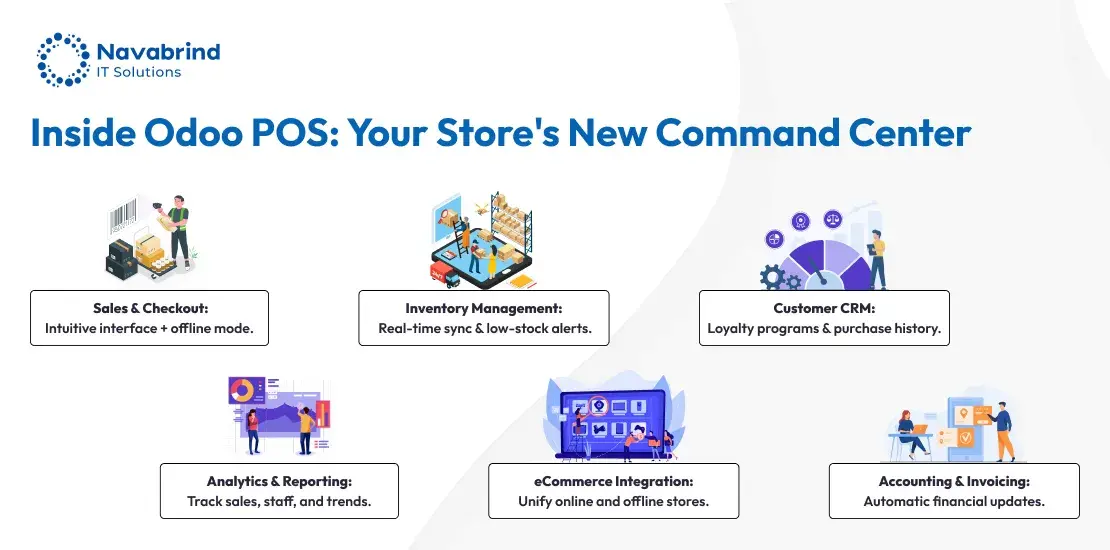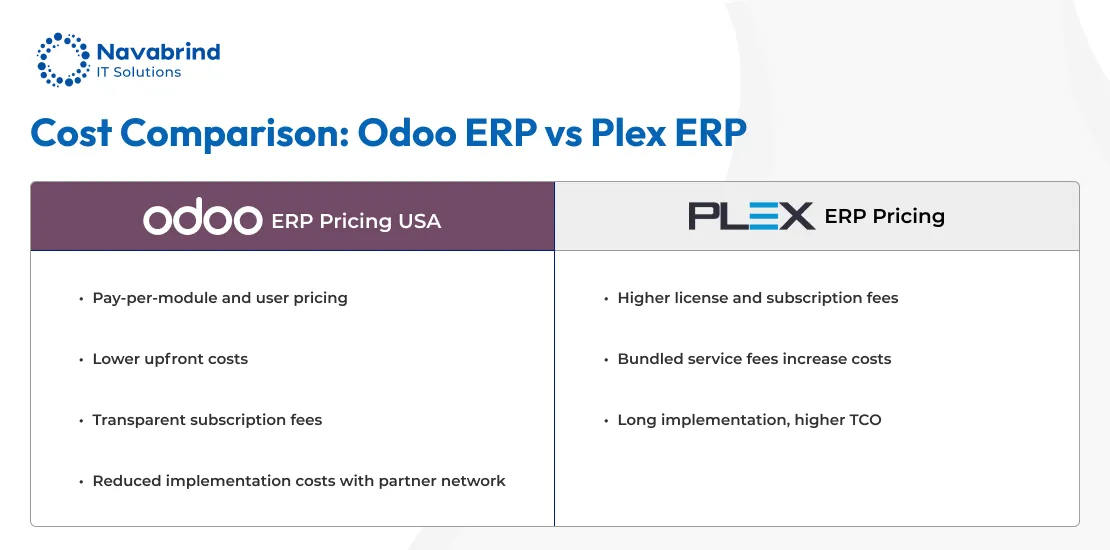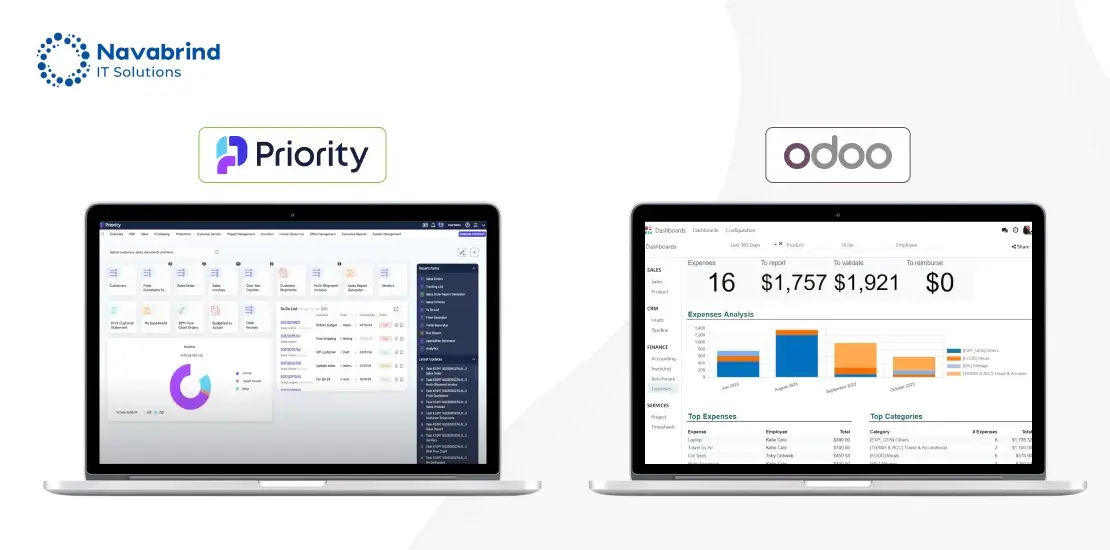5 Things to Consider Before Starting Your Magento 2 Migration
- February 1, 2025
- Posted by: Tony
- Categories: Blog, E-Commerce Development

In the world of e-commerce technology, Magento is probably the most widely used software for the creation of attractive storefronts.
An open-source platform written in PHP, the first version of Magento was released in 2007. The second version is better known as Magento 2 and was released in 2015.
Since then, the e-commerce platform has become the most widely used content management system to create online storefronts.
Magento 2 is recognized for its robust, scalable architecture and compatibility with PHP7, it also has a faster load time compared to Magento 1.
If your storefront is built on Magento 1, the time for Magento 2 migration is now!
Those who are using other storefront platforms such as Shopify, BigCommece, WooCommerce, and others are also choosing to transition to Magento 2, here’s why.
Why it is important to migrate to Magento 2
Before we get into the many benefits of Magento 2, let’s start by reviewing why it is important to migrate out of Magento 1.
To begin with, companies using Magento 1 have a lengthier checkout process, and their websites have a slower load time.
This results in a higher percentage of visitors leaving the website and abandoning their shopping cart and lesser conversions. It is a ripple effect and revenues take a significant hit.
As if that wasn’t bad enough, the cost of maintaining Magento 1 is also higher and businesses will find it increasingly difficult to find technology partners who can help maintain a Magento 1 website.
Since the technology is slightly older, the partner may charge a premium for maintaining the storefront. The platform also offers fewer integrations to payment gateways and other apps.
Another crucial reason for transitioning out of Magento 1 is that support for this platform ended in 2020. The parent company, Adobe, no longer releases new security or product updates for plug-ins and modules. This significantly impacts the safety and stability of Magento 1.
Basics of Magento 2 migration
While the migration from Magneto 1 to 2 is an extensive process, it requires users to plan for four areas namely, migration of data, adoption of a robust theme, migration of custom codes, and extensions.
Your e-commerce business will likely need the support of an agency and Magento developers for a smooth migration. Do you have an upcoming Magento 2 migration? Here are a few things to plan for,
1. Data
If you have been using Magento 1 for many years, you will likely have a significant amount of data that needs to be migrated.
This data could be related to products, categories, orders, customers, wish lists, ratings, and other information. Data is king, and migrating data is a critical task.
Adobe advises users to begin by creating a data migration plan. The data plan involves de-duplicating the data, ensuring data is in the right format, and backing up files, folders, and databases.
A Magento 2 Data Migration tool can be used to make the data compatible with the Magento 2 structure.
Once migrated, the data will need to be checked to ensure all of it has transitioned, no data is lost, and that the data is working in the new structure.
2. Theme
You cannot migrate a Magento 1 theme to Magento 2 and will therefore need to adopt a new theme that is either free or purchased.
The new theme can be customized to replicate your previous storefront, though the cost of replicating the look and feel can be expensive due to the many hours of work it will require.
Instead, most businesses adopt a new theme that meets their marketing requirements.
A third option is to create your own theme though this will require considerable time, technical support, and financial investment.
Magento 2 is a smart and intuitive e-commerce platform and its themes are designed to enhance the customer’s shopping and store experience.
The back end is enhanced to enable developers to quickly customize and the admin panel enables users to access deeper insights into customer behavior.
Magento 2 themes offer support for HTML and CSS, have a built-in LESS processor, and provide an asynchronous module to upload using Require JS without manual coding.
The themes also use jQuery UI and Magento UI library for a flexible rendering of the user interface.
3. Extensions
Magento enables users to extend the functionalities of their store through a host of extensions.
However, migrating third-party extensions to a higher version of Magento can be a fair bit of work and cost.
Data from extensions can be migrated using custom codes, but the extension itself needs analysis.
For instance, certain extensions may have already become functionalities in Magento, such as tax extensions, or currency extensions, and therefore do not need migration.
To effectively migrate, the code in the extension needs to be rewritten so that it is compatible with Magento 2.
4. Custom Code
You can also migrate custom codes to Magento 2. A Code Migration Toolkit can facilitate the process.
However, on the off chance that the toolkit does not support the migration of a particular custom code, a fresh code will have to be written.
Who should plan for a Magento 2 migration
Anyone still using Magento 1 should immediately plan to migrate to Magento 2. Magento 1 product support has stopped for almost three years now and this has reduced the security and stability of Magento 1.
The older platform is also slower. Magento 2 supports the latest PHP 7.4, Apache 2.4, NGINX 1.x, Elasticsearch 7.9.x. RabbitMQ 3.8.x, Varnish 6.x, etc.
The combination of these applications enables the front end to load faster and customers to place orders faster.
Migrating to Magento 2 can take 3 to 4 months as the process is elaborate.
The exact time depends on whether you are adopting a new theme (which is the fastest method to transition), customizing a theme, or migrating the look and feel of your Magento 1 theme to the new platform.
The migration time would be spent on identifying an appropriate theme, mapping the data, extensions, and custom code that needs to be migrated, configuring the new site, and testing.
The migration process would also cost significantly, and your e-commerce business will likely have to get quotes from multiple technology partners, vet their credentials, and have lengthy discussions before signing up for the migration.
To ensure your make the right choices on your migration effort, here are five things to consider.
5 things to consider before migrating to Magento 2
This is a high-level Magento 2 migration checklist that an e-commerce business can consider as seek to transition their e-commerce platform.
To begin with, you will need a detailed plan that maps out your technology landscape and requirements in Magento 2.
The map will help you determine the difficulty and time required to transition, the connectors, data, and files you need to export.
1. Difficulty
The more data, connections, and integrations you need to migrate, the longer it will take. The difficulting of the migration depends on the theme your business chooses.
If you deploy a free theme, your storefront can be launched with a cool new look in as little as 10 days. If your choose to customize a theme, it could take a few days longer.
Significantly more time would be required if you choose to replicate the look and feel of your Magento 1 storefront.
Abode estimates that Magento 2 migration is only 20% larger than a Magento 1 upgrade. The amount of time and effort, however, depends on the customizations required.
Difficulty also depends on the complexity of the integrations, customizations, and extensions that need to be migrated.
2. Importing of product and custom data
To facilitate the process of migrating data from Magento 1, Adobe has launched the Magento 2 Data Migration Tool.
It harnesses map files to transfer data to the Magento store and verifies consistency between the Magento database structures, namely tables and fields.
The tool also tracks the data transfer progress, creates logs, and runs data verification tests.
The tool can be used to migrate configuration settings, the main database, and incremental data updates to the storefront and admin panel.
You can also read this blog post, “Is Magento 2.0 the Best E-Commerce Platform for My Business?” >>
3. Importing of media files
Over the years, e-commerce companies collect a cache of documents and files such as images and videos. These need to be migrated manually to the new version. Adobe offers technology partners a guide to help them with this process.
4. Migrating extensions and themes
Extensions of Magento 1 are not likely to be compatible with the higher version, and the Code Migration Toolkit assists in the migration of some extensions and custom codes.
Magento 1 extensions and themes must be re-created to work seamlessly with the Magento 2 structure.
Your theme needs to support your business for years and is a key ally in your business success.
Choose a theme with plenty of functionalities that lend themselves to customization.
When you transition to the new theme, years of SEO work could take a hit. Ensure you transition your meta tags, subpage URLs, media files and images, category paths, and internal links, accurately.
Avoid duplicating data, and ensure pages are correctly redirected.
5. Ensuring performance
After the migration is complete, it requires time and effort to ensure the platform is working error-free. Every aspect of the front end, customization, and backend requires to be checked to identify issues and have them fixed.
Benefits of migrating to Magento 2
The advantages of Magento 2 are tremendous. Some of the reasons e-commerce businesses around the world have chosen to migrate to Magento 2 as soon as possible are,
1. Improved customer experience
The open-source nature of Magento enables users to design highly customized e-commerce stores and provide customers with a fast and seamless buying experience.
Magento 2 also has a faster page load time, a shorter checkout process, and several instant purchase features.
The platform can be easily integrated with several payment gateways such as Paypal, Google Checkout, Braintree, and others, and a large number of apps.
2. Mobile and touch responsive
As customers increasingly transition to shopping via their mobile devices, Magento 2 offers responsive templates that load 50% faster.
It also has an improved onsite search option and mobile-friendly checkout.
Magento 2 supports PWA, which allows the development of a mobile native application experience for the online store.
3. Attractive templates
Magento 2 offers e-commerce businesses a range of free and paid templates and enables the site to stand out from the competition.
4. Improved performance
Magento 2 can handle as many as 10 million page views an hour, around 40% more orders an hour, and has up to 70% faster add-to-cart option than Magento 1. It also offers multi-store and multi-language tools.
5. Advanced Reporting
The advanced reporting feature enables business owners to track up to 20 online store reports from the admin panel.
6. Marketing automation
Users can set up additional websites using a subset of the catalog to expand their marketing effort.
Magento 2 has integrated an e-mail marketing automation tool called Dotmailer. E-commerce businesses can create automated marketing campaigns for SMS, push, e-mail, and other channels.
7. Easier storefront management
The Magento 2 admin panel lends itself to easy customization, product creation, data filtration, and navigation.
Finding the right technology partner for your Magento 2 migration
Migrating to Magento 2 is a time-consuming and elaborate process. It will also cost your company a tidy sum, finding the right technology partner who can help you transition as fast as possible, along with all your applications, extensions and data can be half the battle.
If you are using Magento 1 you are almost 3 years past the end of support and transitioning to Magento 2 at the earliest is critical.
If you are looking for a reliable, experienced, and cost-effective partner to help you transition to the new e-commerce platform, reach out to Navabrind IT Solutions.
With over 10 years of experience, we have successfully completed several Magento 1 to Magento 2 migrations.
Reach us to know more about our expertise in Magento 2 migration or to begin a conversation about your needs.
Related Articles
-
Post
Streamline Your Store: A Deep Dive into the Odoo Point of Sale System
Streamline Your Store: A Deep Dive into the Odoo Point of Sale System December 5, 2025 Posted by: Tony Category: Uncategorized No Comments The Heart of the Modern Retail Experience Picture this: a customer walks into your store, finds what she is looking for and is ready to buy. Your online store just received five -
Post
Odoo ERP vs Plex ERP: Which Open Source Powerhouse Will Transform US Manufacturing
Odoo ERP vs Plex ERP: Which Open Source Powerhouse Will Transform US Manufacturing November 27, 2025 Posted by: Tony Category: Uncategorized No Comments As demand for cost-effective ERP solutions in the USA increases, businesses are turning to the best open source ERP software, Odoo ERP USA, for a flexible, scalable, and affordable approach to digital -
Post
Why US Manufacturers are Choosing Odoo Over Priority ERP
Why US Manufacturers are Choosing Odoo Over Priority ERP November 21, 2025 Posted by: Tony Categories: Blog, Odoo No Comments Are you a mid-sized US manufacturer feeling the squeeze? Does your sales team use one system, your shop floor runs on another, and your finance department is stuck manually reconciling it all in a third.
How can we help you?
Get in touch with a solutions consultant that can share best practices and help solve specific challenges.








